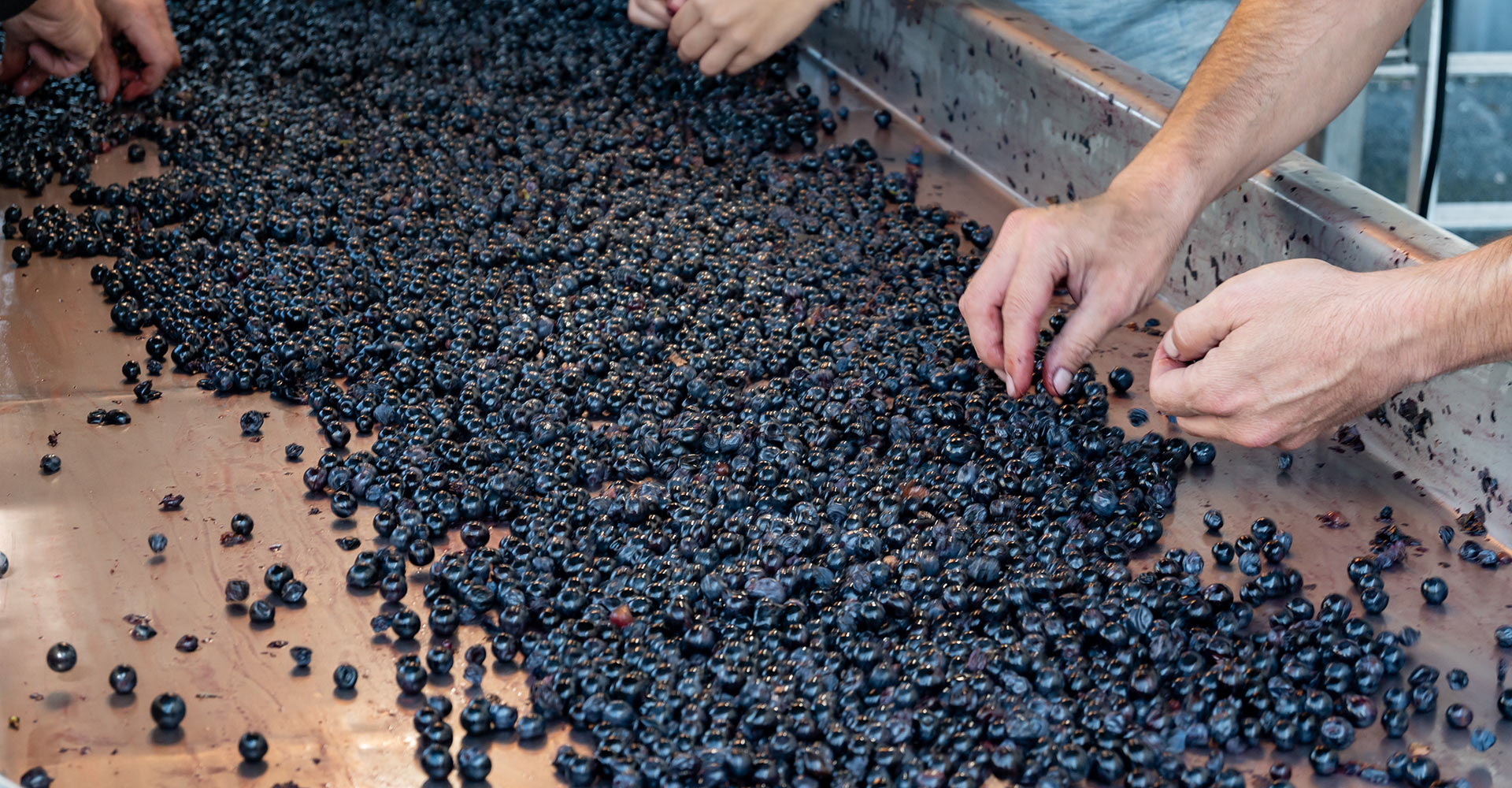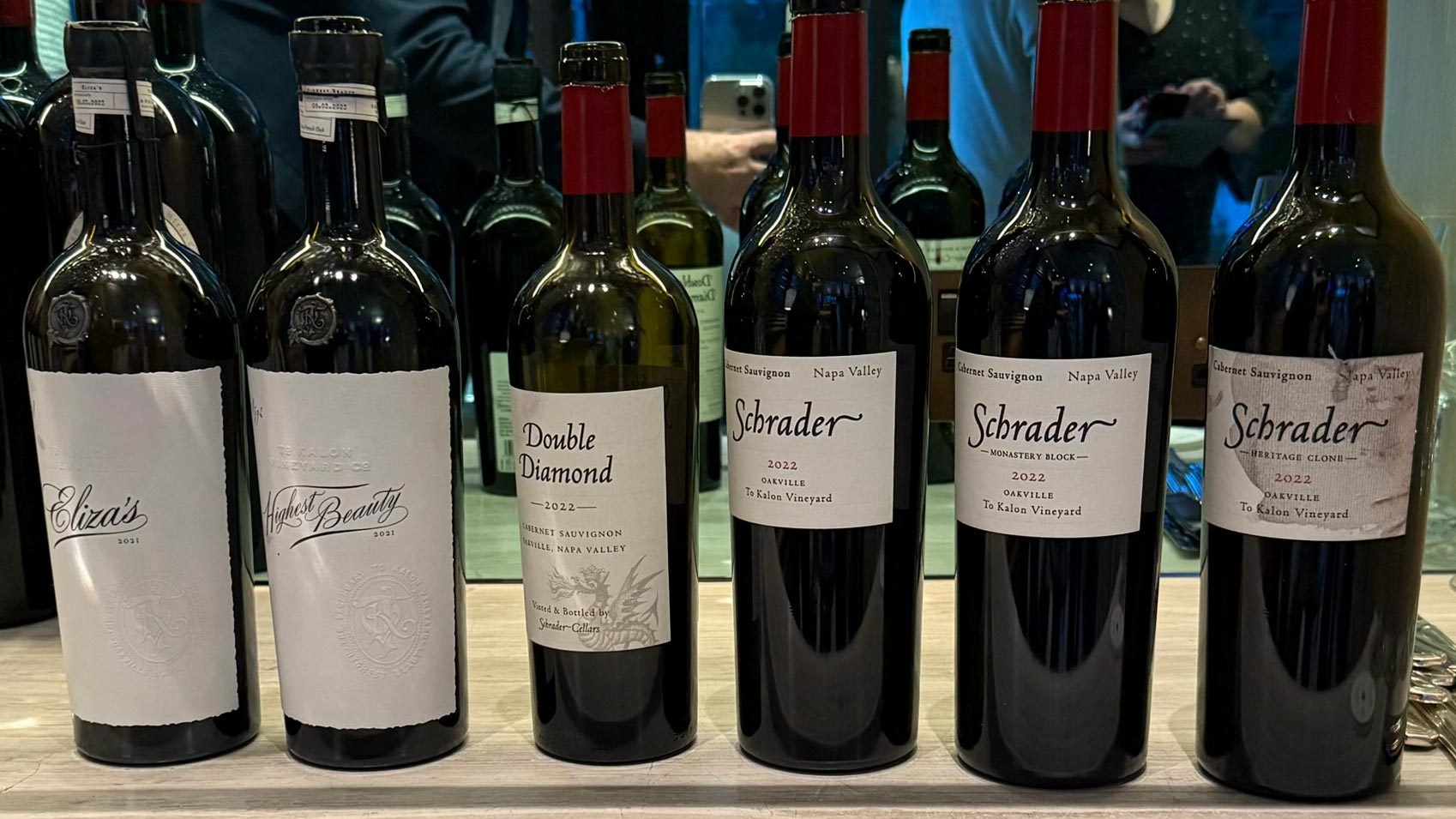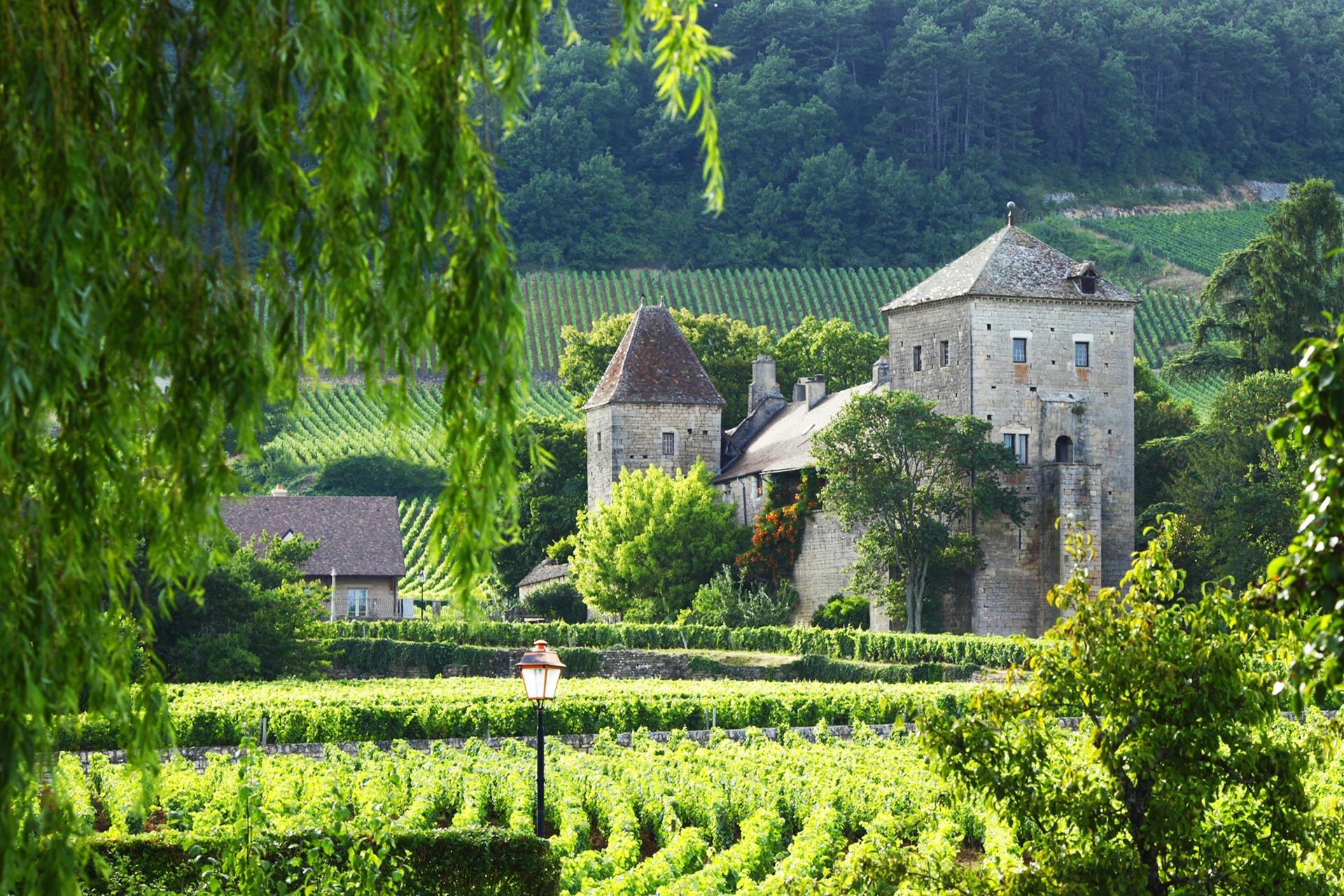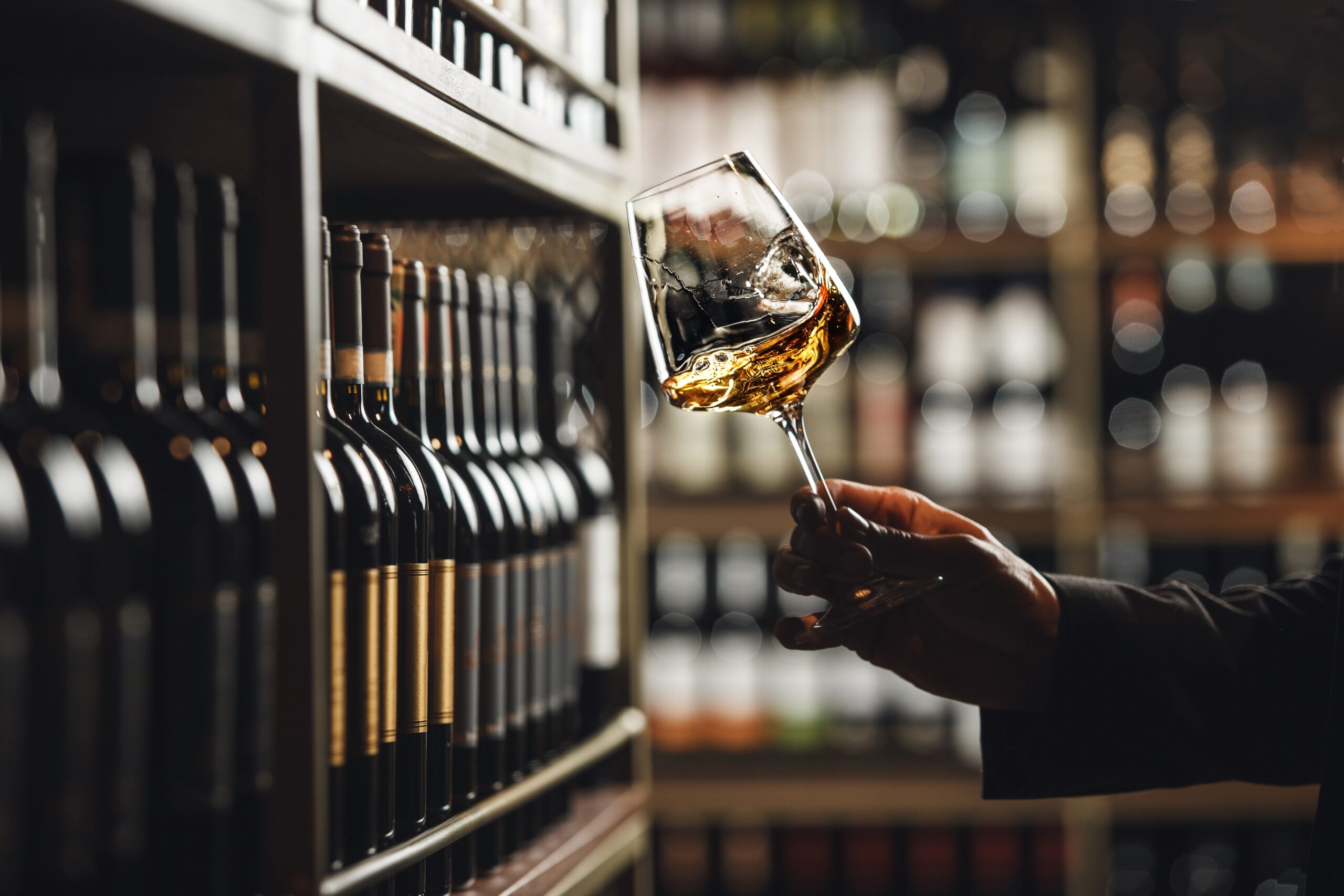Imagine walking into a wine shop. You’re feeling bold. You reach for a bottle with an elegant label – Appellation d’Origine Contrôlée. It sounds important. Maybe even noble. But what does it actually mean? And is it better than a Vino da Tavola, a Prädikatswein, or a cheeky Californian with a grape you can pronounce?
Welcome to the glorious (and occasionally baffling) world of wine classification systems. This guide isn’t just a geeky catalogue of wine laws—it’s your insider map to understanding what makes a wine what it is, why it costs what it does, and whether that Grand Cru label really lives up to the hype.
Let’s uncork the mystery…
Why Do Wine Classifications Exist?
Long before influencers were swirling glasses on Instagram, European winemakers were dealing with fraud, economic chaos, and grapes pretending to be something they weren’t. Out of this came the need to define, protect, and market wine by its origins.
These systems aim to:
-
Protect a region’s name and identity (no knock-off Chablis, thank you).
-
Set rules for what can go in the bottle and how it’s made.
-
Assure buyers they’re getting the real deal.
-
Maintain quality—at least in theory.
But here’s the twist: today’s wine world is evolving. Climate change, consumer trends, and bold winemakers are bending (or ignoring) the rules. Enter the rebels—Super Tuscans, natural wines, and French labels snubbing the AOC to be creative.
So, is the system still relevant? Short answer: mostly, yes. But context matters. Let’s decode it country by country.
The European Union’s Grand Design
The EU tried to tidy things up with two core categories:
-
PDO (Protected Designation of Origin): Top-tier, tight rules, grapes must be 100% from the place named.
-
PGI (Protected Geographical Indication): More relaxed, 85% local grapes, more freedom for winemakers.
-
Wine (aka Table Wine): Anything goes. Grapes from anywhere, blend what you like. Often cheap, sometimes brilliant.
Countries still cling to their traditional terms (AOC, DOC, DO, etc.), which have serious cultural cachet and marketing power.
France: The OG of Wine Law
AOC/AOP
– The aristocracy of French wine. Boundaries, grapes, yields, winemaking—all dictated by law. Think Burgundy’s Grand Cru vineyards or Bordeaux’s elite châteaux.
IGP (Vin de Pays)
– Mid-tier wines with regional identity but more room to experiment. A safe bet if you’re after varietals like Syrah or Chardonnay without navigating 47 communes.
Vin de France
– The punk rock of French wine. Anything goes. No region, no rules. Often great value, especially from adventurous producers.
Fun Fact: Burgundy’s system ranks the vineyard, not the producer. So, two bottles from the same Grand Cru plot can taste wildly different. Pay attention to the name on the label.
Italy: Tradition Meets Sassicaia
Italy’s four-tier pyramid looks like this:
-
DOCG – The crown jewels. Strict rules, guaranteed quality, and usually a numbered government seal. Barolo, Brunello, and Chianti Classico live here.
-
DOC – Still quality, but slightly less regulated. Over 300 of them.
-
IGT – The home of the Super Tuscans. Created to legitimise brilliant wines that didn’t follow DOC rules.
-
Vino – Basic plonk? Sometimes. But also a loophole for creative genius.
Key terms:
-
Classico = the historic (often best) zone.
-
Superiore = stronger or stricter.
-
Riserva = aged longer, often better.
Super Tuscans like Sassicaia started as rebel wines, banned from DOC status, but too good to ignore. Now they’ve helped reshape the system.
Spain: Age Before Beauty
Spain leans into aging categories:
-
Crianza = aged for a bit (12-24 months).
-
Reserva = aged longer, often better grapes.
-
Gran Reserva = seriously aged (and usually serious wine).
Its regional hierarchy includes:
-
DOCa/DOQ – Rioja and Priorat wear this badge.
-
DO – The majority of Spain’s regions.
-
Vino de Pago (VP) – Single estate stars, like Spain’s Grand Cru.
-
VT/IGP – Regional wines with flexibility.
Spain’s system tells you how long a wine’s sat in barrel/bottle and where it came from. It’s both structured and… surprisingly modern.
Germany: Sugar, Spice, and… Terroir?
Historically obsessed with ripeness levels, Germany’s old system ranked wines by sugar content (Kabinett, Spätlese, Auslese…).
But with global warming, even the dodgiest vineyard can get ripe grapes. So now the focus is shifting to where the grapes are grown, thanks to:
-
VDP (Private Association): A quality club of Germany’s top estates, classifying vineyards like Burgundy (Grosse Lage = Grand Cru).
-
2021 Reforms: Germany’s official wine law is catching up—now it’s about origin as much as ripeness.
The result? Germany’s wine scene is now a complex marriage between old-world sweetness scales and new-school terroir cred.
United States: Freedom in the Vineyard
If France is the strict school headmaster and Italy is the eccentric but brilliant professor, the US is the chill, self-taught entrepreneur of the wine world. It doesn’t do hierarchies the same way—and that’s both a strength and a source of label confusion.
American Viticultural Areas (AVAs)
The AVA system, established in 1980, defines wine regions based purely on geography—not quality. Napa Valley? AVA. The tiny bit of Sonoma where fog and Pinot make magic? Also AVA.
Key points:
-
There are over 270 AVAs in the US.
-
To list an AVA on a label, at least 85% of the grapes must come from that AVA.
-
Unlike European systems, there are no rules on grape varieties, yields, or methods.
That means an AVA wine could be world-class… or wildly underwhelming. It’s all about the producer, not the classification.
State & County Labelling
If it says “California,” at least 100% of the grapes must be from California. Counties (like Sonoma or Mendocino) require 75%. These give a broad sense of origin, but again, no quality guarantees.
Estate Bottled
Ah, now here’s a handy term. If a wine is labelled “Estate Bottled,” it means:
-
The winery grew the grapes.
-
The vineyard and winery are in the same AVA.
-
Everything from crushing to bottling happened on-site.
It’s not quite Grand Cru, but it’s a good sign someone’s been hands-on from vine to wine.
Portugal: Port Royalty Meets Table Wine Revolution
Portugal’s classification system mirrors its EU neighbours with a few delightful local quirks—chiefly a devotion to native grape varieties (ever heard of Baga, Touriga Nacional or Arinto? You’re in for a treat).
DOC (Denominação de Origem Controlada)
The highest tier, mirroring France’s AOC. Regions like Douro (for Port and red wines), Dão, and Alentejo often hold this status.
Rules cover:
-
Permitted grapes (of which Portugal has many).
-
Minimum alcohol.
-
Maximum yields.
-
Sometimes aging.
DOC wines are your best bet for regional typicity and traditional methods.
IGP (Indicação Geográfica Protegida) / VR (Vinho Regional)
The more flexible sibling. You’ll see “Vinho Regional Alentejano” or “Lisboa” on the label. These allow:
-
More grape variety experimentation.
-
Higher yields.
-
A looser grip on tradition.
Some winemakers intentionally opt for VR to play outside the rulebook—often with spectacular results.
Vinho (Table Wine)
Cheap, cheerful, and often surprisingly good. Don’t dismiss these, especially from a savvy producer. Portugal punches well above its weight.
So… What Does It All Mean for You?
Wine classification systems are useful—but not gospel. They help you understand a wine’s story, its origin, and often its style. But don’t let them box you in.
Some of the best wines defy the system (looking at you, Vin de France and IGT). And some with the loftiest labels can be… underwhelming.
Here’s what to keep in mind:
-
Use the classification as a guide, not a guarantee.
-
Learn which regions or styles you love, then dig deeper.
-
Don’t fear the lower tiers—they often hold hidden gems.
-
When in doubt, follow producers you trust.
If wine were a language, classification would be the grammar. It helps make sense of what’s in the bottle—but it doesn’t tell the whole story.
Here’s your cheat sheet:
-
Old World (Europe): Rules, regions, tradition. Labels are all about where.
-
New World (US, Australia, etc.): Freedom, varietals, innovation. Labels are about what and who.
-
Quality isn’t always tied to the tier. There are DOCGs that underwhelm and IGPs that dazzle.
And just like language, once you learn the basics, you can focus on the poetry.
Cheers to decoding the label—and discovering your next favourite bottle.



